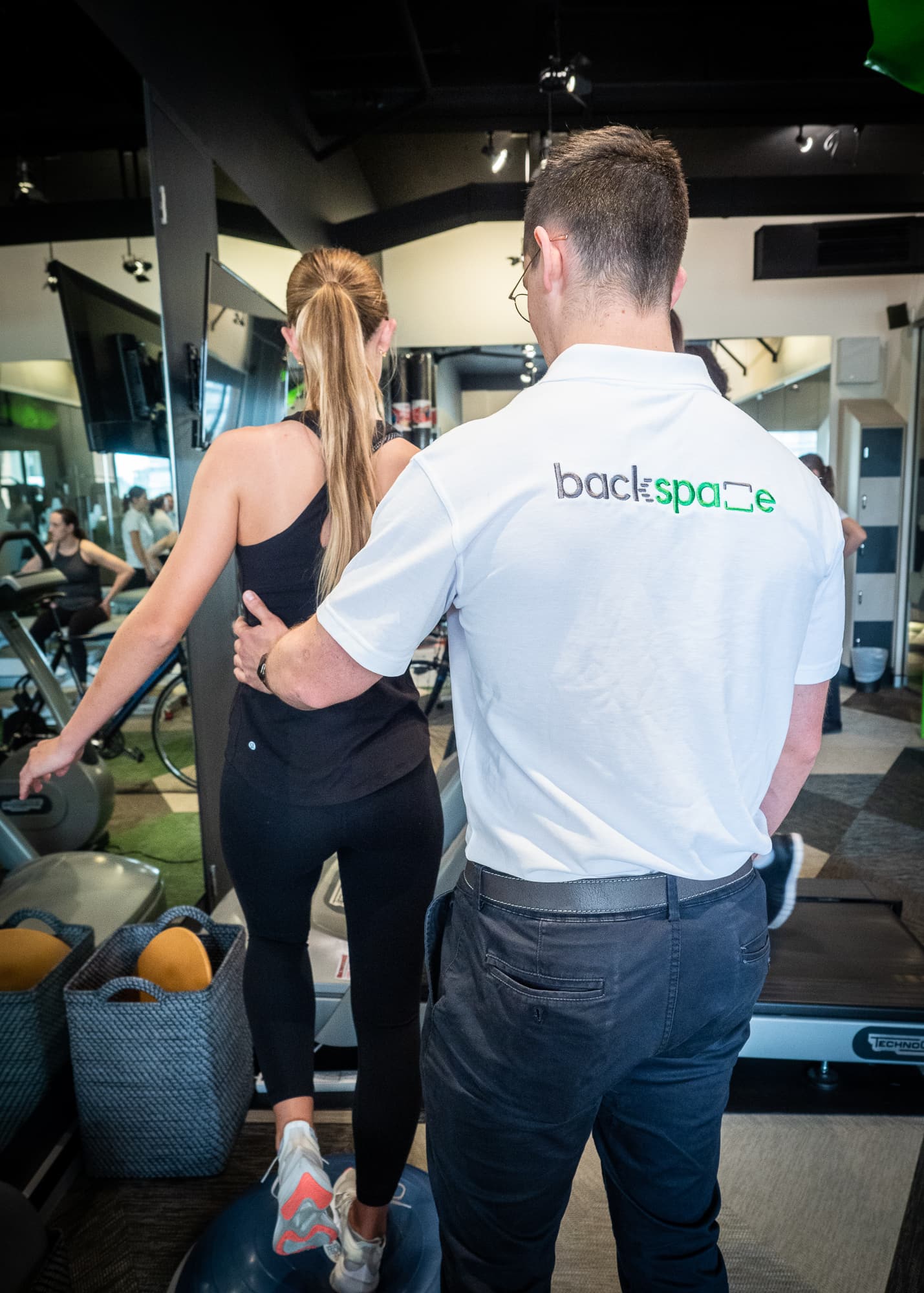
Low back pain in teenagers and young adults is more common and one would think. Some studies have shown that 80% of people have at least one significant episode of back pain by age 20. Some people believe that the incidence of back pain is increasing because of lifestyle. Specifically, there has been a decrease in activity levels and increase in sitting and slouching positions. However, there are some simple strategies to decrease the chance of back pain in the future.
Maintaining good posture is probably the most important strategy. Prolonged forward head postures (sometimes called text neck) and sitting slouched in a chair in front of computer can lead to tightening of soft tissues in the front of the body and weakening of muscles in the spine. This imbalance of muscle tightness and strength leads to pain.
Decreased physical activity leads to generalised deconditioning. This tends to affect the small, deep muscles that control and maintain our spinal movement and stability more than the big muscle groups that we rely on the strength. The small muscles do not tend to respond as well to the usual type of exercise we do for muscle strength and conditioning.
The solution is to direct our activities towards stretching and strengthening the important muscles and soft tissues. Specifically, we need stretch into extension, and strengthen the small core muscles in our spine to improve our posture and spinal alignment. Activities such as Pilates and yoga specifically focus on this and have been shown to be beneficial for improving back health.
Occasionally, there can be more significant problems with the spine even in teenagers in young adults. The most common of these are stress fractures which lead to pain during and after activity to one side of the low back, and disc herniations that cause sciatica, or pain down the leg. These conditions require specialist assessment and treatment.

Dr Paul Licina
